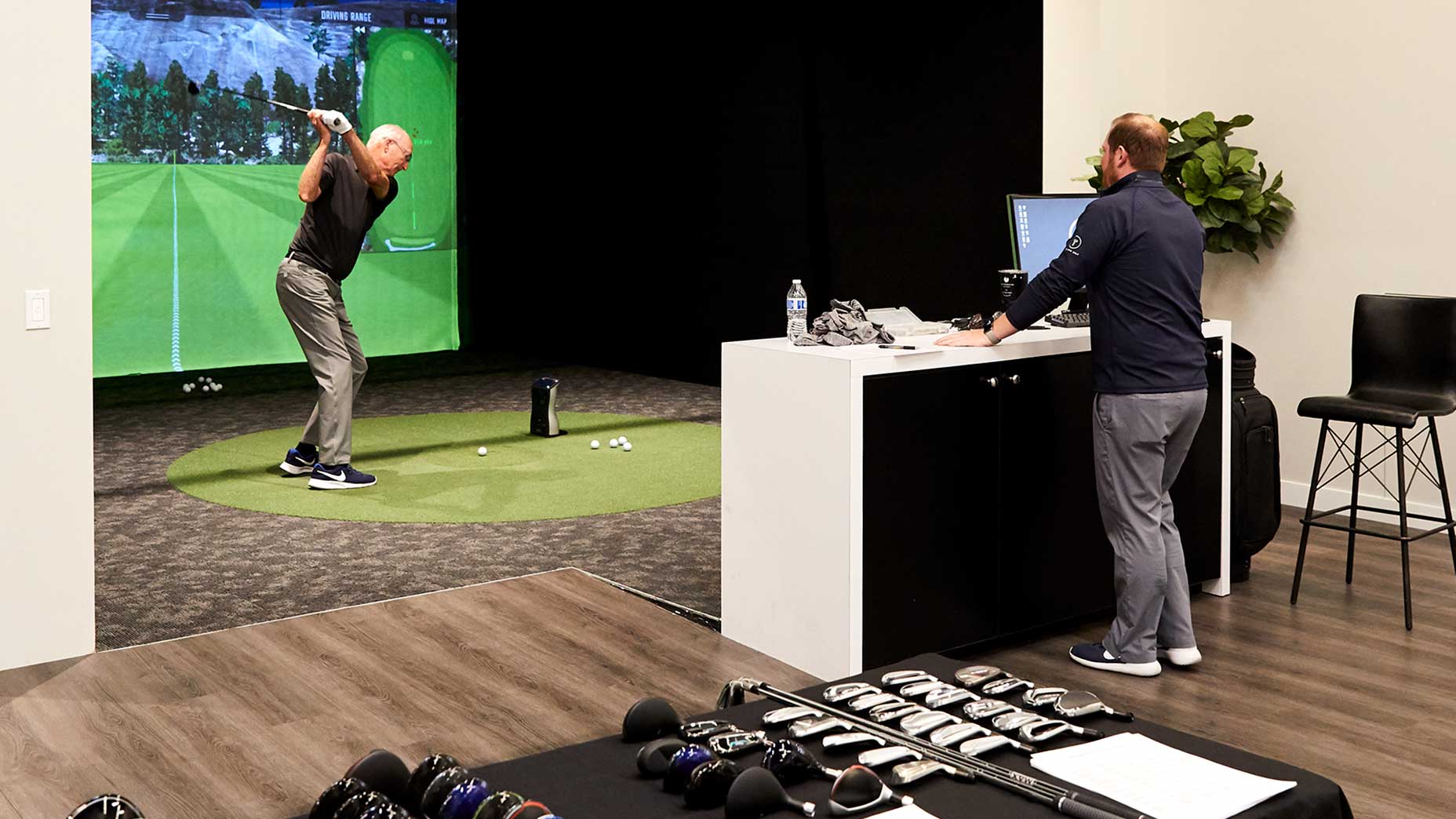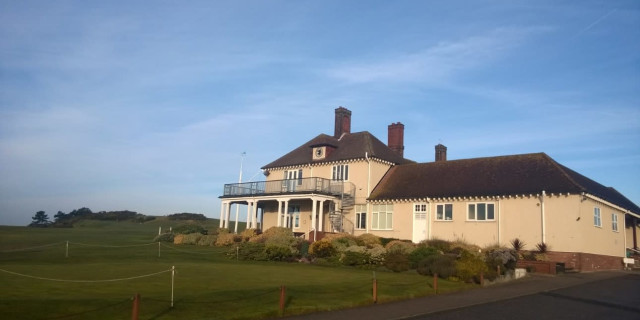We all know how frustrating it can be to have a driver you can’t find the fairway with, but it can be just as maddening when you know you’re leaving yards on the table.
Either could be the result of a poor-fitting driver, in which case it’s time to make sure you’re optimized to get the driver that’s going to hit it the farthest and the straightest every time.
Keep reading below to see if you need to come into your local True Spec and get the best driver for your game.
How far can you hit an optimized driver?
Let’s first establish a clear benchmark for good driver performance. For every driver fitting, I am trying my best to find 2.7 yards for every 1 mph of club head speed a player has. For a player who swings it around 80 mph, a well-fit driver should allow them to hit the ball 215 yards. For someone swinging 100 mph, a well-hit drive should go 270 yards total. For the golfer who’s at 110 mph, a well-hit drive should roll out to 297-300 yards.
Could you hit your driver too far?
There will be instances in which we will find more than 2.7 yards per 1 mph; however, in those cases, we are beginning to sacrifice control because the spin rate is too low. This golfer will have an elliptical shot pattern, with his or her longer drives being rather left and more controlled drives being moderately right of the intended target line.
You could responsibly argue that this player’s longest drives are a result of a double-cross miss and the strike location on the face saved the ball from being out of bounds.
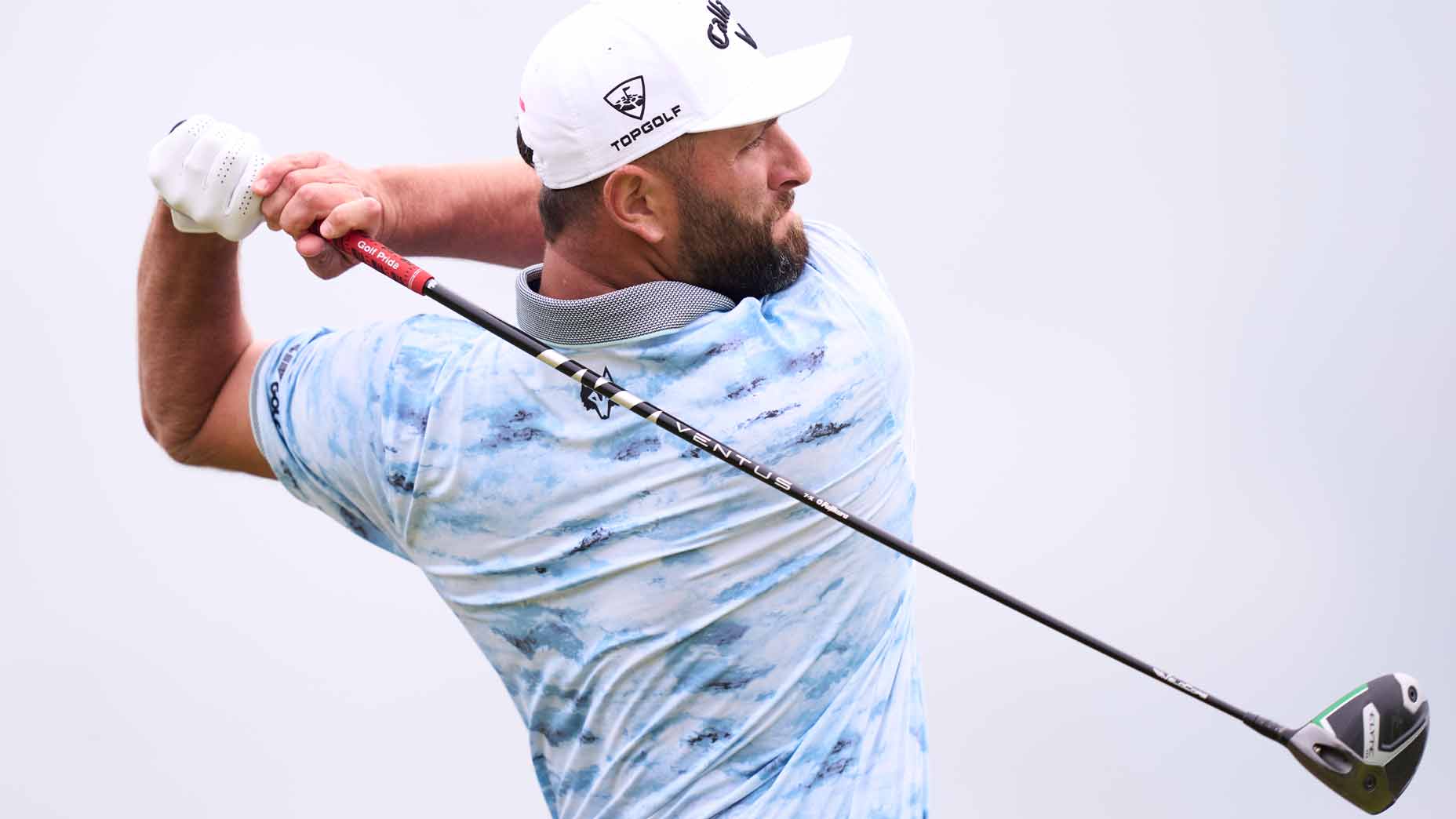
How Jon Rahm gets fit for a new driver | Fully Equipped
By:
Jack Hirsh
For this player, his extra bonus distance is a fugazi. Typical launch data from a golfer like this will be 103 mph club head speed, 13-14 degrees of launch, spinning between 1600-1900 RPMs, and rolling out to approximately 285 yards.
From unfortunate personal experience, this is not enjoyable golf. For the most part, my long left miss is either my face being too closed relative to my path or the strike location being too high on the face of the driver.
Why a golfer’s driver might not be optimized
While my expierence isn’t necessarily that of an average golfer, here are the top three reasons why your driver might be costing you yardage and accuracy.
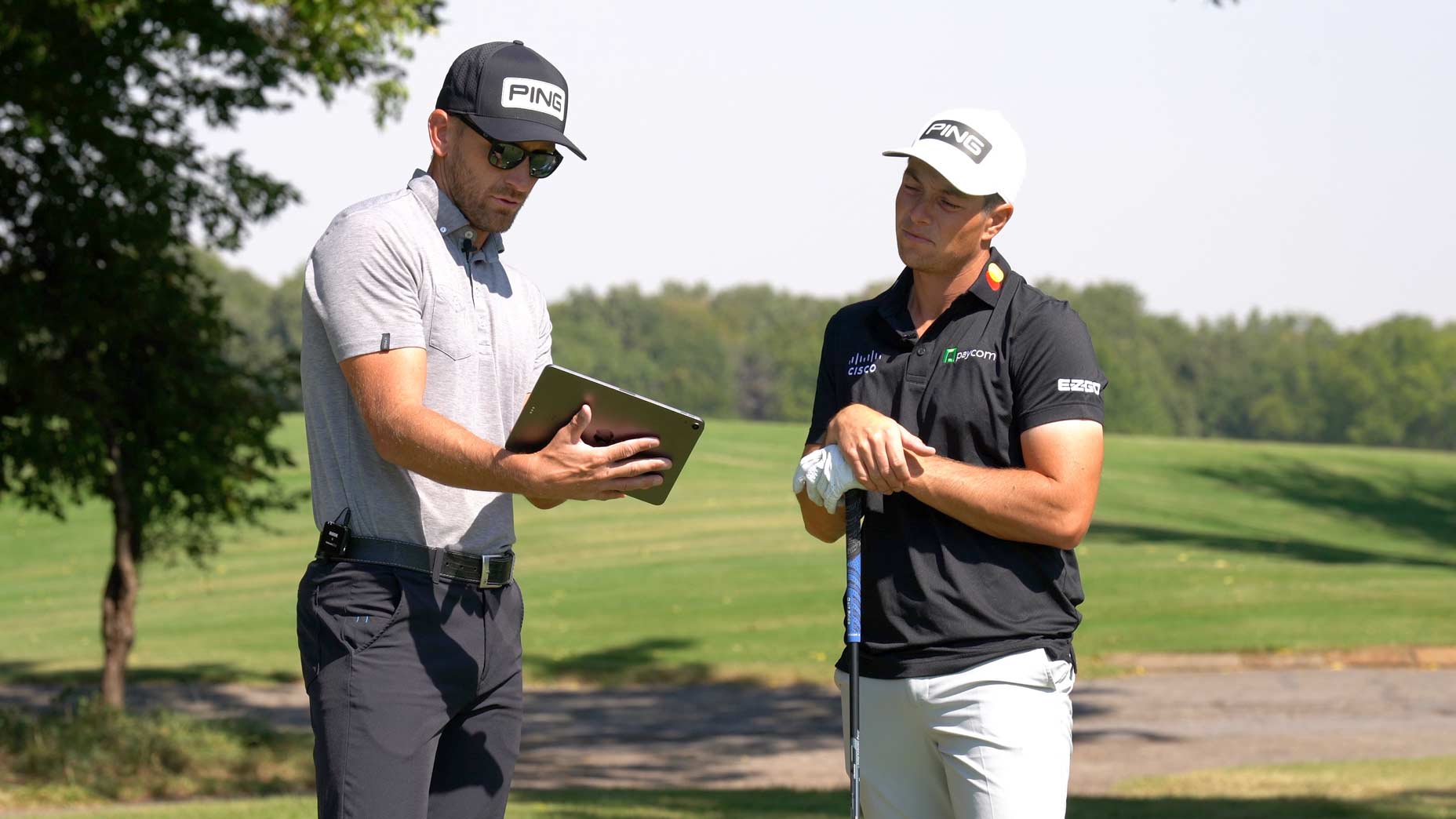
How the pros get dialed for their drivers, according to an expert Ping fitter
By:
Johnny Wunder
1. Strike location on the face: A ball hit anywhere but the middle of the face will create a level of gear effect on the ball, which will either have a positive or negative consequence.
A strike that is toward the heel will cause the ball to fade and increase the spin. A strike that is low on the face will also increase spin. A strike on the face that is toward the toe of the driver will cause the face of the driver to slightly open at impact, resulting in the ball drawing back towards the target line. Lastly, a ball hit high on the face will result in a drop in spin — if it’s too high, the ball will knuckle and not reach its optimal peak height.
2. Face-to-path is too open/closed relative to your path: This is where getting fit for a shaft that matches your swing will have the most impact on your game. For someone who has a hard time keeping the club face open longer at impact, a stiffer shaft with a softer handle (e.g., Mitsubishi Diamana White Board, Fujikura Ventus Black) can be helpful.
For the opposite problem, a player how has a hard time squaring the face, a shaft that is stiffer in the handle and has a softer tip section could sometimes be helpful (e.g., Fujikura Ventus Red, Mitsubishi Tensei 1k Pro Blue, Graphite Design Tour AD XC).
However, for the examples just laid out, we have also seen the opposite work, which is why it is important to test equipment in a fitting and not base a decision solely on how a shaft was marketed.
3. Spin loft. Spin loft is the difference between your dynamic loft (loft at impact) and your angle of attack. If you have a fairly neutral face-to-path, and you’re not hitting off the heel and/or low on the face, a spin loft number that’s too big is likely the problem.
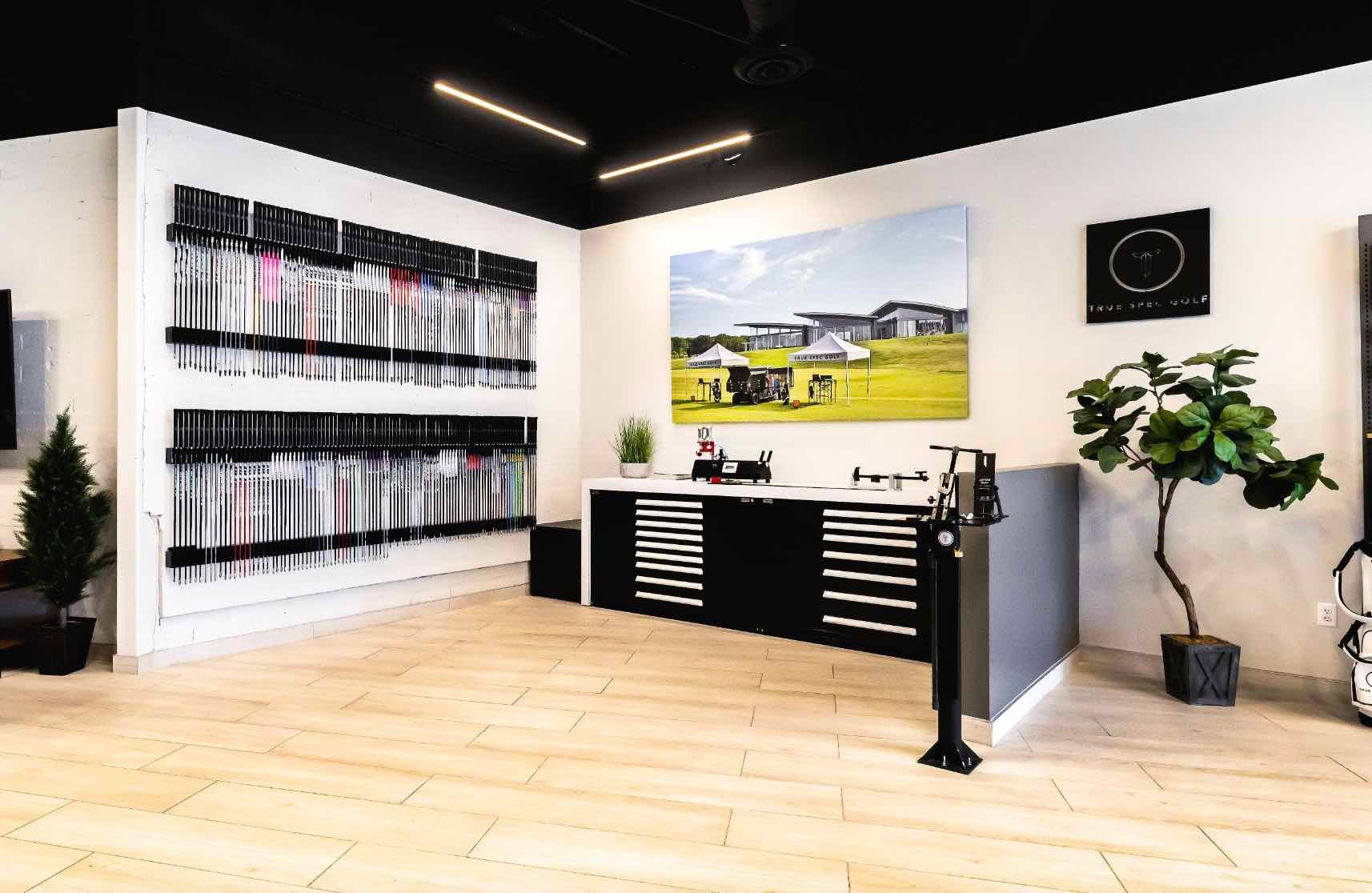
True Spec Golf Club Fitting
With 70,000+ clubhead and shaft combos, True Spec Golf will custom fit and build you a precise set of clubs.
On the flip side, if you feel that your ball falls out of the sky and doesn’t reach its apex, the spin loft is too little, assuming the ball was not hit high or toe side.
For players that swing north of 105 mph, we are looking for a spin loft (using Foresight GC Quad numbers) in the low 14s. For slower players, we need more spin to reach optimal distances, therefore we are looking for spin loft value around 15 to 15.5 degrees.
If you find yourself not quite getting 2.7 yards for every 1 mph of club head speed, book a fitting with us at True Spec so we can help you play the best golf you can.
Want to find the best wedges for your bag? Find a club-fitting location near you at True Spec Golf.
“>

